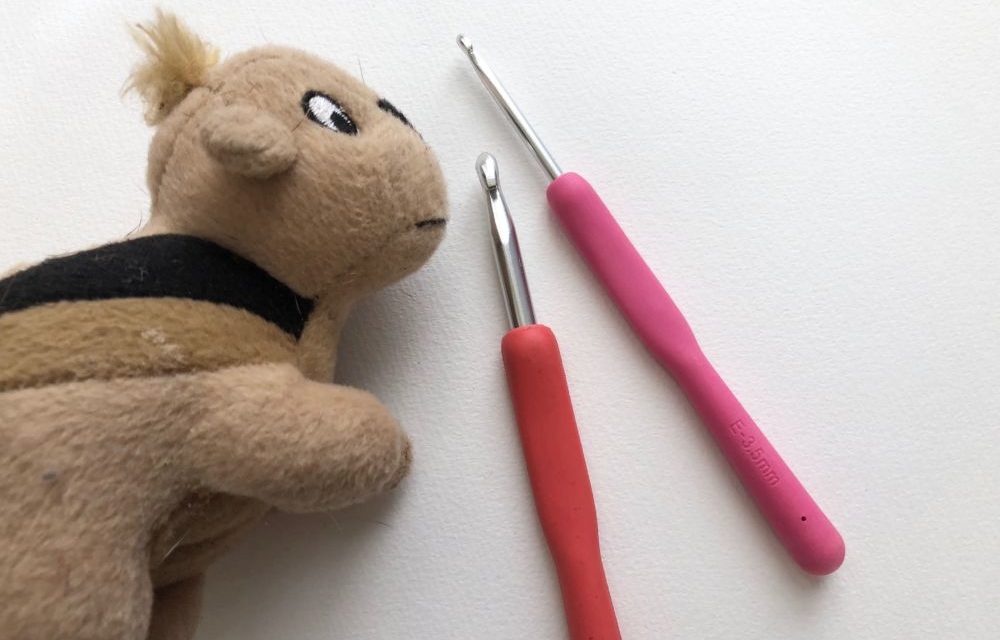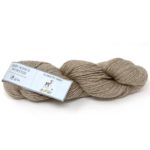How to Teach Kids to Crochet
By Kathryn Vercillo
When you teach a child to crochet, you give them a gift. It’s a skill that they can come back to time and again throughout their lives. Plus, it has a lot of benefits for children, not the least of which is that it allows them to develop their motor skills, practice math, and exercise creativity. In fact, did you know that Waldorf schools teach knitting and crochet to students all throughout elementary school?
The benefits may be obvious. But how exactly do you go about teaching a child to crochet? Well, first of all, you encourage them to want to learn. You shouldn’t force a craft on a child. Instead, make the craft available, and let them know you’d be happy to teach them. You might:
- Offer crochet as an option during craft time at home
- Keep yarn and crochet hooks around the house
- Crochet in front of your children so they can see what it is
Once your child expresses an interest, you can stoke that interest by allowing them to make some key choices. For example, you can let them pick:
- Yarn color
- Yarn fiber
- Weight of yarn
- Project
Of course, if you want your child to succeed at crochet, you might want to limit some of those choices. For example, if you allow them to choose from any color of yarn, they might pick black. It’s really hard to see where stitches go with black yarn, therefore it’s a hard yarn to learn with. Instead, give them a selection of just a few yarns all in light, bright colors. Similarly, let them choose between worsted weight and bulky weight yarn so they aren’t trying to fiddle unnecessarily with a sock weight yarn on their first go.
When it comes to projects, they might not be able to tackle the first thing that they’d like to make. However, you can show them that if they learn a few basic steps, they’ll get there. Create a plan. For example, if they want a lovey blanket, show them that if they first make a basic blanket then they can add an amigurumi lovey technique later on.
Okay, so now they’re enthused, and you’ve selected a do-able project. What now? First, determine if they have the motor skills necessary to manipulate hook and yarn. If they’re too young, then they might need to learn with finger crochet. Either way, start getting them used to the process by showing them how to crochet a chain (with the hook or with their fingers). Here are some tips:
- Sit side-by-side to show them each step.
- Put the yarn on the hook for them; they can learn the slip stitch to start the project later on.
- Break each step down into the smallest part possible. For example, begin with the yarn over.
- Let them make mistakes. Let them feel it out.
- If they get stuck, try putting your hands over theirs and guiding them through the motions.
- Use photos, YouTube videos, and other materials to help accommodate the way that they naturally learn.
After learning the chain, they’re ready to learn their first stitch. Some people begin with single crochet. However, double crochet is often a better option when teaching children how to crochet. It incorporates all that they need to know (yarn over, pull through more than once, etc.) More importantly, it’s tall enough that you can easily see which stitch is which. In contrast, sometimes it’s hard to figure out where to put a single crochet stitch, because they get so crowded with one another.
One good tip is to do the first row for them. After all, it’s a lot easier to work into stitches than into the foundation chain. You can let them know that you’re going to “show one, do one” and that you’ll start.
Most importantly, praise the child for their attempts. Eventually you can show them where they went wrong (working in just one loop is common, as is skipping stitches). However, when they’re getting started, emphasize what they are doing right. After all, crafting is supposed to be fun!
If they get frustrated, you can remind them that it gets easier. Encourage them to keep trying. However, don’t force it. Let them put it down and try again later. They may not pick it up again for months, or even years, but that spark has been lit, and eventually they’ll probably come back to it with fond memories.
Kathryn Vercillo is the author of several books on crochet health including Crochet Saved My Life. She publishes a monthly crochet newsletter through Patreon.










Thank you!